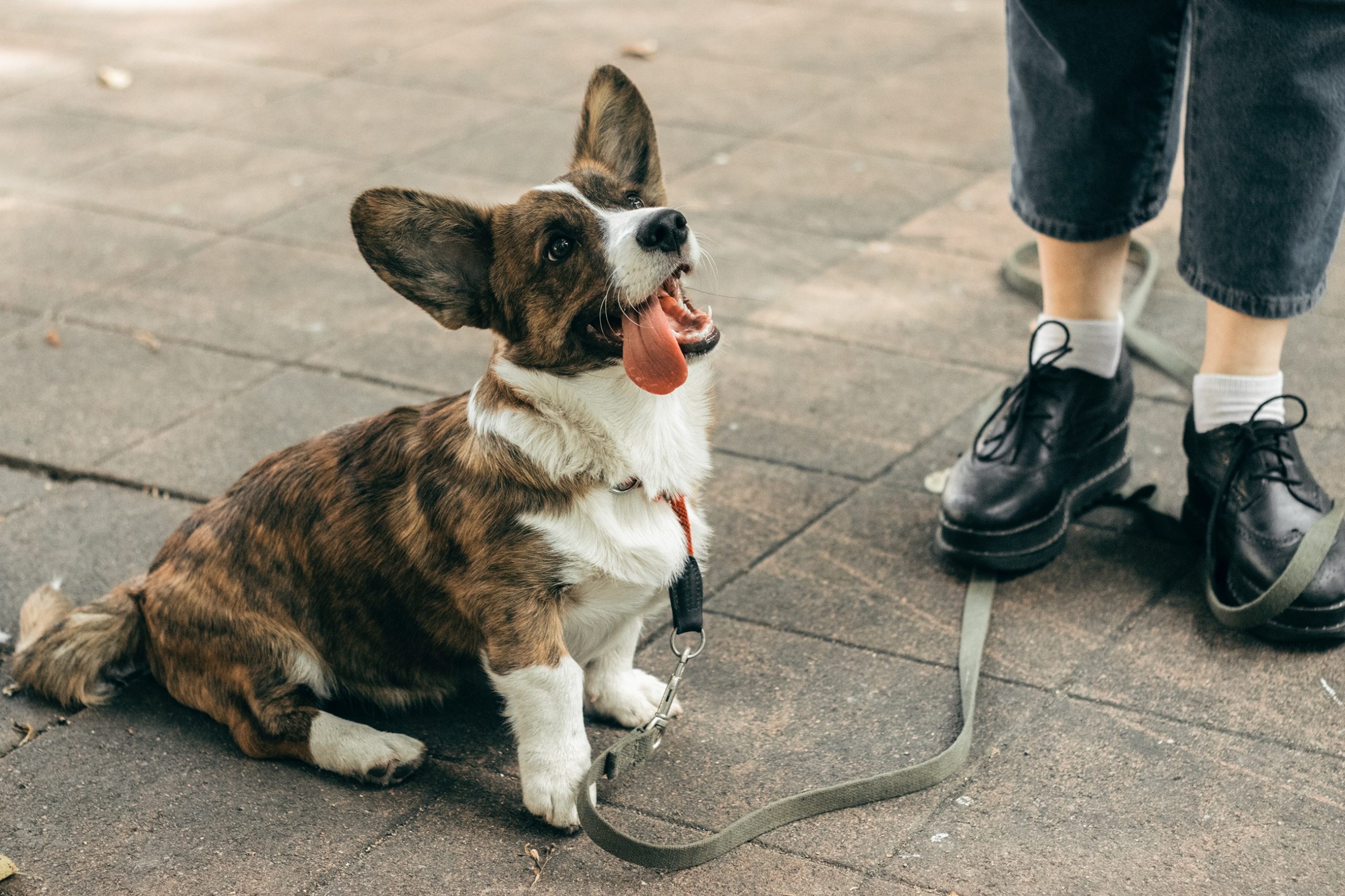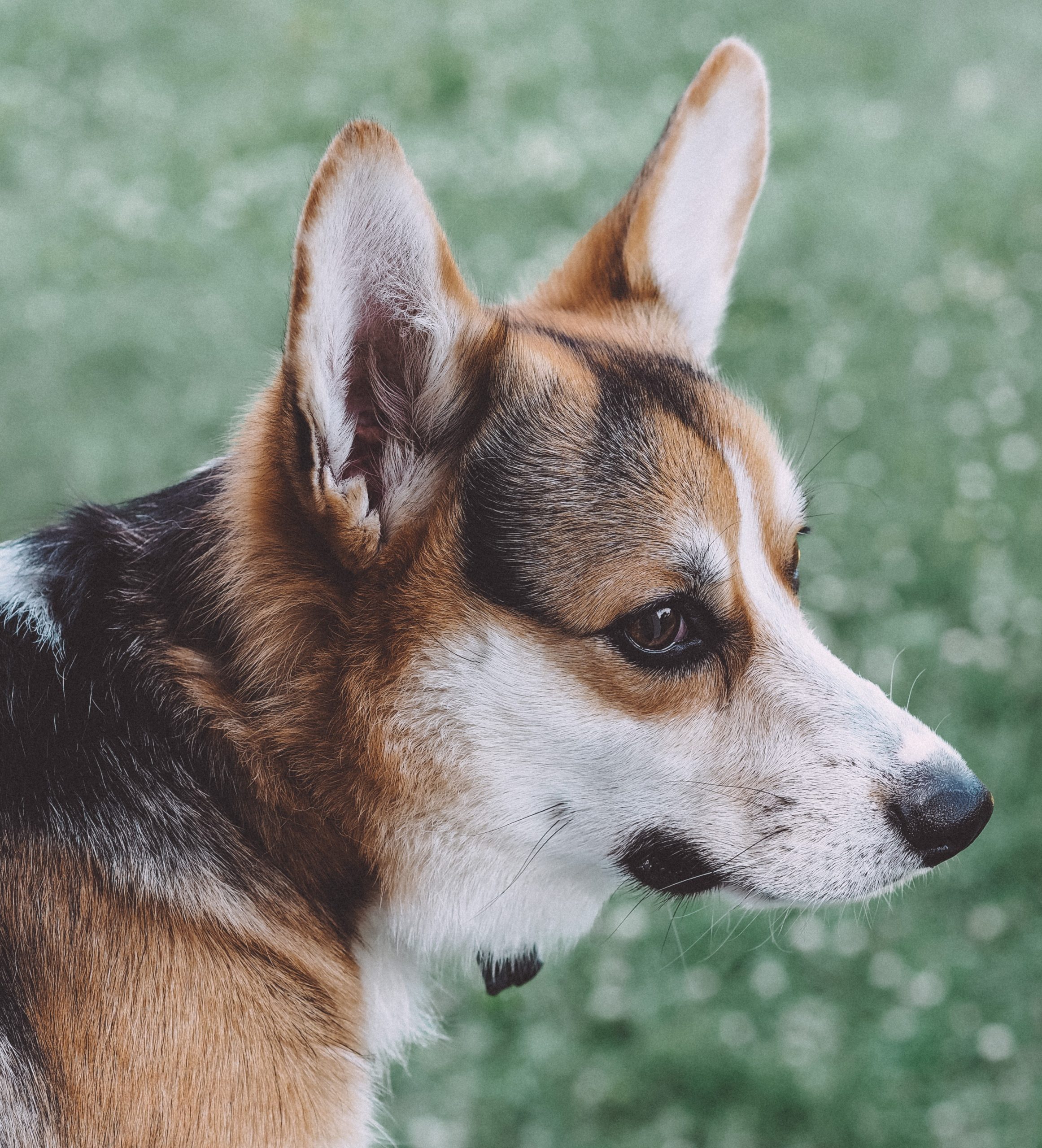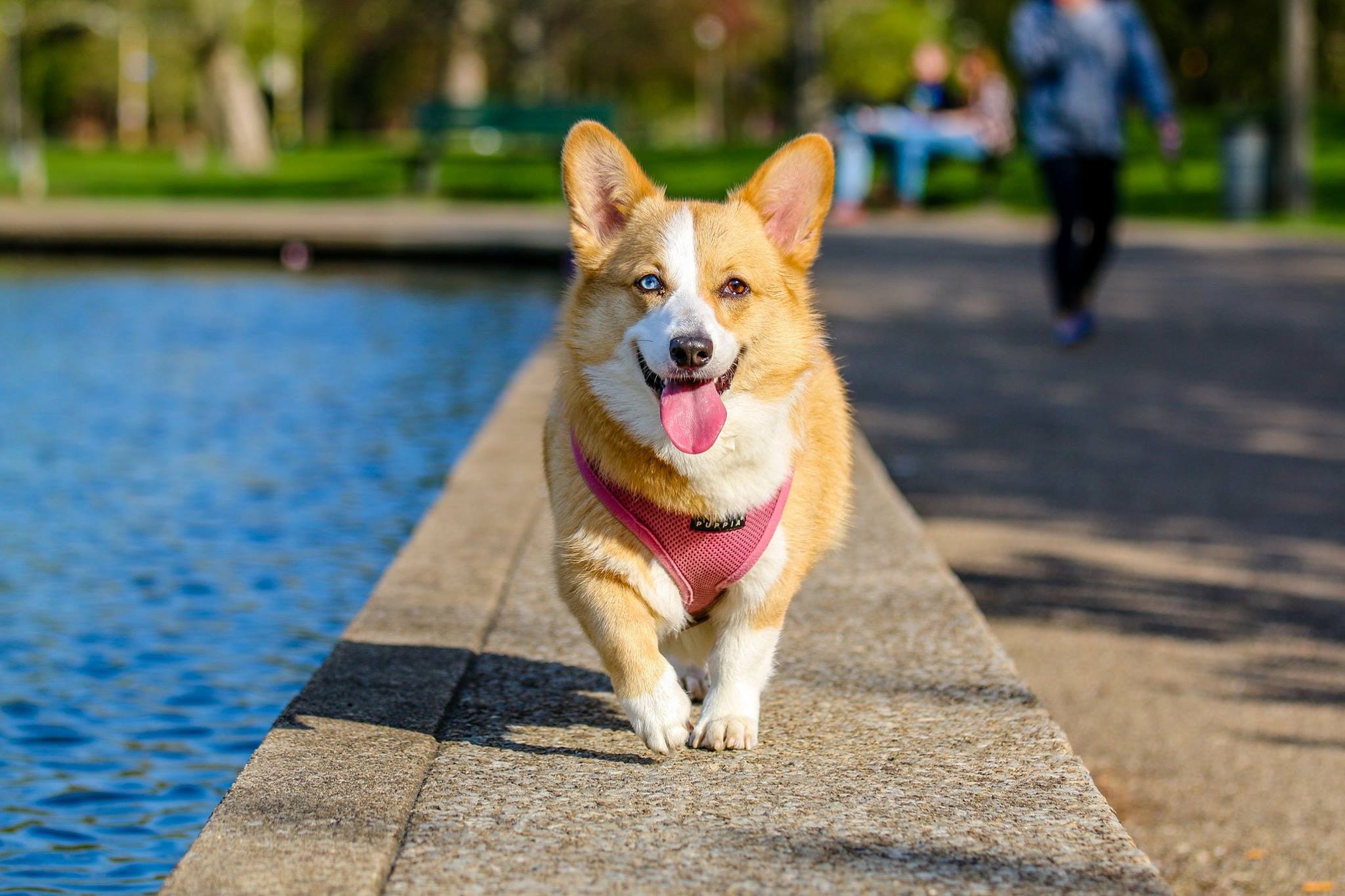The Cardigan Welsh Corgi is a marvel of the breeder’s craft because every feature of it is ideal for moving cattle while remaining so amiable and adorable that it would be a beloved companion even if it never worked a day in its life. Cardigans are muscular workers with deceptive grace and speed. They are long, low-set dogs with strong bones, short legs, and deep chests. Cardis range in weight from 25 to 34 pounds, with females weighing the least. They have a variety of coat colors, including red and the well-liked blue-merle pattern. Check the hindquarters to tell the difference between Cardi and their Pembroke Welsh Corgi cousins: Cardis have tails, whilst Pembrokes do not. Cardis are ‘big dogs’ barking, trainable, obedient, and alert protectors. The affection that well-socialized Cardis have for children and other animals is very strong. These fit, hardy herders enjoy being outside and get their energy from physical and mental exertion.
Cardigan Welsh Corgi
Average sizes and life
expectancy of the breed.
Height
10.5-12.5 inches
Weight
30-38 pounds (male)
25-34 pounds (female)
Life Expectancy
12-15 years
Breed Traits & Characteristics
About the Breed

Owning a dog is not just a privilege; it’s a responsibility. They depend on us for, at minimum, food and shelter, and deserve much more. When you take a dog into your life, you need to understand the commitment that dog ownership entails.
 Health
Health
Recommended Health Tests From the National Breed Club:
- Hip Evaluation
- Degenerative Myelopathy DNA Test
- PRA Genetic Test or Clearance via Parentage (see CWCC website)
 Grooming
Grooming
 Exercise
Exercise
 Training
Training
 Nutrition
Nutrition
History
The older of the two corgi breeds recognized by the AKC is the gorgeous yet tough-as-nails Cardigan Welsh Corgi, named after the Welsh medieval kingdom of Cardiganshire. They are actually one of the oldest breeds in Britain. The word “corgi,” which was originally spelled “kergie,” is an early form of the Celtic word for “dog,” and historians assume that ancient corgis were brought to Wales from Central Europe by the Celts during their massive migrations to Britain around 1200 BC. But we know for sure that corgis were driving Welsh herds a thousand years ago.
To better nip at the heels of calves and prevent being kicked, cardigans are constructed low to the ground. The adaptive Cardigan did double duty on long cattle drives, driving the herd by day and acting as a flock guardian at night (dogs who lead herds to pasture or market in this heel-nipping method are known as heelers). Throughout the long history of the breed, Cardigans have served in different capacities including all-around farm dog, hunting partner, family guardian, and athlete. Cardigans have a long history of being connected to British crofters, or tenant farmers, who relied on their dogs to help them eke out a modest livelihood from the pasture land that the crown granted them.
Cardigans and Pembrokes once freely interbred, and in the United Kingdom, they were regarded as one breed up until 1934. In June 1931, the country of the United States received its first breeding pair of Cardigans.




